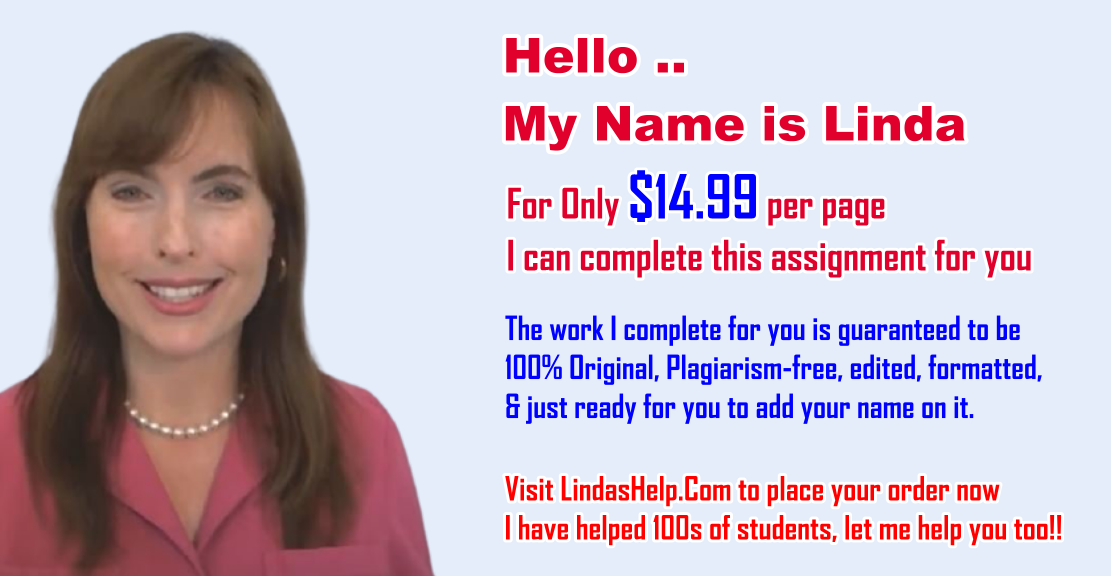Types of Plate Boundaries Video Discussion
Types of Plate Boundaries Video Discussion
- Choose 1 (ONE) plate boundary type and watch the corresponding simulation and videos on the Videos of Plate Boundary Features page.
- What are the Features, Hazards, and Risks to Humans associated with this plate boundary?
- A feature is an object, like a mountain range.
- A hazard is a possible event, like an avalanche or an earthquake.
- Risk to humans is an assessment of the danger that humans face, due to the features and hazards of the plate boundary type. If a hazard exists, how likely is it to be dangerous to humans?
- What geographic locations are featured in these simulations/videos?
- How do these features support the Theory of Plate Tectonics?
respond to other students — who posted about different plate boundary types than you — with the following information
- How are your two plate boundary types similar? What makes them different?
- Which plate boundary type seems more hazardous?
- Which plate boundary type would you prefer to live near?
The plate boundary I will be describing is ocean- ocean convergent boundary. The features of a ocean-ocean convergent boundary is that both plates collide and the most dense will subduct into it. The plate will rise through a rise of a volcano in the ocean.
A hazard of an ocean-ocean convergent boundary is the earthquakes, tsunami, and volcanic eruptions will occur. When there is a high magnitude earthquake, people will be alerted about a tsunami. In the case of a tsunami, people will have to reach a place of higher ground. Also for volcanoes, people are mandated to leave the island.
The geographic location that is featured in the video’s is Thailand, New Zealand (Australian plate), Japanese Coast Guard, and Northern Japan. Also, there were descriptions of the US explorers investigating underwater in the ocean. The features support the theory of plate tectonics for ocean-ocean convergent boundary is the older plate will subduct into the other plate, which initiates an earthquake. Afterwards, the plate will melt off the mantle materials to create a volcanic eruption, thus the subduction zone.1 attachmentsSlide 1 of 1
UNFORMATTED ATTACHMENT PREVIEW
For this discussion, I chose Transform Faults. Although transform boundaries are boundaries where crust is typically neither created or destroyed, sometimes, features of of transform faults are cracks in Earth’s surface, which can be seen in the form of trenches and stream beds splitting in half. This happens because as the plates rub against one another, this can cause huge stresses on the rocks between the two plates and cause the rock to break. A hazard of transform faults are earthquakes. Because there are typically not many volcanoes around transform faults, volcanic eruptions are not a common worry. The transform fault in the video (San Andreas) showed the massive damage that such earthquakes can cause. This can range from fallen trees and cracks in the sidewalk, from whole freeway bridges collapsing and trenches opening up
Do you similar assignment and would want someone to complete it for you? Click on the ORDER NOW option to get instant services at LindasHelp.com

Types of Plate Boundaries Video Discussion
- Choose 1 (ONE) plate boundary type and watch the corresponding simulation and videos on the Videos of Plate Boundary Features page.
- What are the Features, Hazards, and Risks to Humans associated with this plate boundary?
- A feature is an object, like a mountain range.
- A hazard is a possible event, like an avalanche or an earthquake.
- Risk to humans is an assessment of the danger that humans face, due to the features and hazards of the plate boundary type. If a hazard exists, how likely is it to be dangerous to humans?
- What geographic locations are featured in these simulations/videos?
- How do these features support the Theory of Plate Tectonics?
respond to other students — who posted about different plate boundary types than you — with the following information
- How are your two plate boundary types similar? What makes them different?
- Which plate boundary type seems more hazardous?
- Which plate boundary type would you prefer to live near?
The plate boundary I will be describing is ocean- ocean convergent boundary. The features of a ocean-ocean convergent boundary is that both plates collide and the most dense will subduct into it. The plate will rise through a rise of a volcano in the ocean.
A hazard of an ocean-ocean convergent boundary is the earthquakes, tsunami, and volcanic eruptions will occur. When there is a high magnitude earthquake, people will be alerted about a tsunami. In the case of a tsunami, people will have to reach a place of higher ground. Also for volcanoes, people are mandated to leave the island.
The geographic location that is featured in the video’s is Thailand, New Zealand (Australian plate), Japanese Coast Guard, and Northern Japan. Also, there were descriptions of the US explorers investigating underwater in the ocean. The features support the theory of plate tectonics for ocean-ocean convergent boundary is the older plate will subduct into the other plate, which initiates an earthquake. Afterwards, the plate will melt off the mantle materials to create a volcanic eruption, thus the subduction zone.1 attachmentsSlide 1 of 1
UNFORMATTED ATTACHMENT PREVIEW
For this discussion, I chose Transform Faults. Although transform boundaries are boundaries where crust is typically neither created or destroyed, sometimes, features of of transform faults are cracks in Earth’s surface, which can be seen in the form of trenches and stream beds splitting in half. This happens because as the plates rub against one another, this can cause huge stresses on the rocks between the two plates and cause the rock to break. A hazard of transform faults are earthquakes. Because there are typically not many volcanoes around transform faults, volcanic eruptions are not a common worry. The transform fault in the video (San Andreas) showed the massive damage that such earthquakes can cause. This can range from fallen trees and cracks in the sidewalk, from whole freeway bridges collapsing and trenches opening up
Do you similar assignment and would want someone to complete it for you? Click on the ORDER NOW option to get instant services at LindasHelp.com


